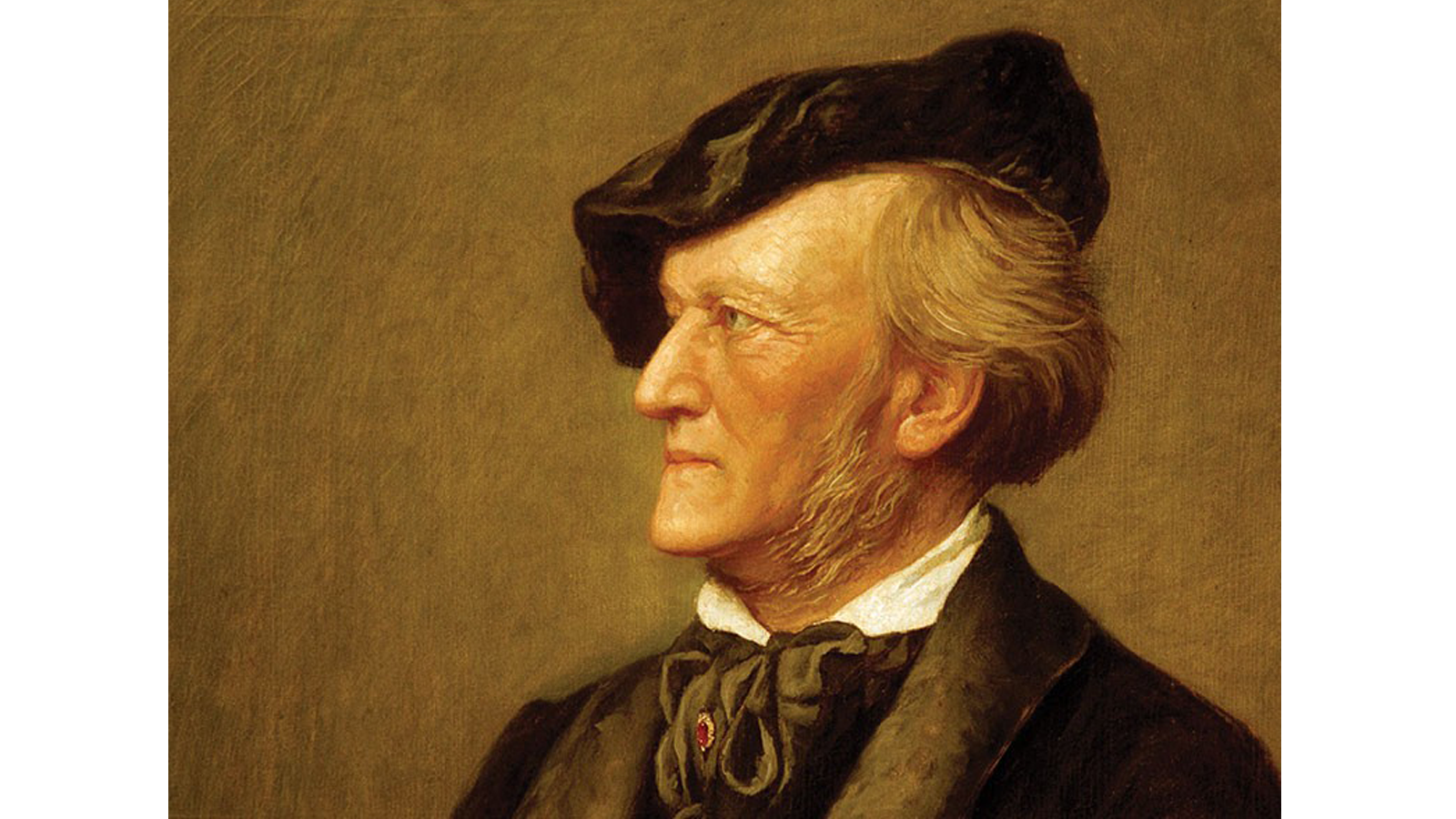
No. 35
Wagner: Orchestral Music from The Ring

“The Ring” is a series of four long operas, operas that, after he wrote them, Richard Wagner insisted on calling “Music Dramas” because he thought they revolutionized ordinary opera. And they did. The four music dramas tell a mythic tale about how the interference of the Norse Gods in the affairs of men came to an end. To tell you the details of the story right now is to invite ridicule, because without the music it’s a pretty bizarre, gruesome and ignoble story. Or, it’s just silly. But the music transforms it into an epic of unmatched grandeur.
That’s why what have been called “bleeding chunks” of the music from each opera in the “Ring” cycle have become perennial concert and listening favorites. Wagner liked to work with a huge orchestra, and he had a genius for creating a dark, rich chocolaty sound and on occasion an ethereal, otherworldly, even heavenly vibe. He was the inventor of orchestral Technicolor. Wagner was aware that some sections of his score would make perfect concert fodder so he asked his assistants to create for these sections what he called concert endings. The most proficient of his assistants was Engelbert Humperdinck who, in my opinion wrote the very best of all “Wagnerian” operas, Hansel and Gretel.
Here’s a list of the “bleeding chunks” with concert endings:
“The Ride of the Valkyries” from Die Walküre
“The Entry of the Gods into Valhalla” from Das Rheingold
“Wotan’s Farewell and Magic Fire Music” from Die Walküre
“Forest Scenes” from Siegfried
“Dawn and Siegfried’s Rhine Journey” from Götterdämmerung
“Siegfried’s Funeral Music” from Götterdämmerung
“Brünnhilde’s Immolation and Final Scene” from Götterdämmerung
Top 40 Countdown
A few years ago the listeners to WNED Classical told us what they thought a TOP 40 list of Classical pieces should be. Six hundred and twenty-two different pieces were put forward, and over nine hundred listeners participated. The result, The WNED Classical Top 40, was both startling and comforting. There were a number of surprises, Stravinsky and Copland made the list; Mendelssohn and Schumann did not! It was comforting to know that the two most popular composers were Beethoven and J.S. Bach. The biggest surprise of all was the piece that crowned the list as No. 1.